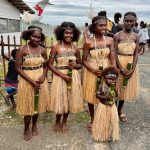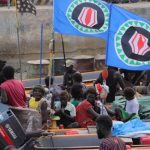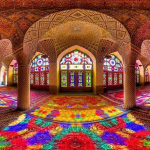When exploring Korea with Young Pioneer Tours, you’re not just walking through a country of bustling cities and serene landscapes. You’re stepping into a living museum of history, where the scars of the past are etched into the very fabric of the nation.
One of the most pivotal and painful periods in Korea’s history is its time under Japanese rule from 1910 to 1945—a time that profoundly shaped modern Korea.
The Annexation of Korea
The story begins in 1910 when Japan formally annexed Korea after years of political maneuvering. Following the Japan-Korea Treaty of 1905, Korea had already been reduced to a protectorate, with Japan taking control of its foreign policy. By 1910, Korea’s sovereignty was entirely erased as it became a colony of the Japanese Empire.
Under the rule of Japan, Korean culture, language, and identity were systematically suppressed. Schools were required to teach Japanese, and Korean was banned in public spaces. Even Korean names were replaced with Japanese ones in a policy known as “Sōshi-kaimei” (“creation of family names”).
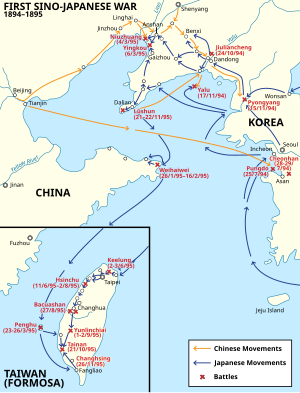
Economic Exploitation and Forced Labor
The Japanese administration transformed Korea’s economy to serve its imperial ambitions. Agricultural reforms forced Korean farmers to grow rice for export to Japan, often leaving them with little for their own consumption. Industrial development, while significant, was largely geared toward supporting Japan’s war efforts.
Worse still, millions of Koreans were conscripted into forced labor. From factories in Japan to construction sites across the empire, Koreans toiled under brutal conditions. By the 1930s, Japan’s militarization escalated, and Korean men were drafted into the Japanese army, while women were forced into sexual slavery as “comfort women.”
Cultural Suppression and Resistance
Korean culture faced relentless suppression under Japanese rule. Traditional practices were discouraged, Korean newspapers were shut down, and historical texts were destroyed or rewritten to favor Japanese narratives. Temples and shrines were converted to honor Japanese deities, erasing Korea’s spiritual heritage.
Despite these efforts, Korean resistance never wavered. The March 1st Movement of 1919 marked a significant turning point, as Koreans across the country rose in protest against Japanese rule. Though brutally suppressed, the movement ignited a sense of national unity and inspired the global Korean diaspora to advocate for independence.
World War II and the Path to Liberation
As Japan’s imperial ambitions grew, so did its demands on Korea. During World War II, the exploitation of Korea intensified, with even more forced labor and resources extracted to fuel Japan’s war machine. However, Japan’s defeat in 1945 brought an end to its rule over Korea.
The liberation of Korea came with the surrender of Japan on August 15, 1945, a date now celebrated as Gwangbokjeol (“Restoration of Light Day”) in South Korea and Liberation Day in North Korea. Yet, the joy of independence was tempered by the division of Korea into two separate states, a split that remains one of the most enduring legacies of this dark period.
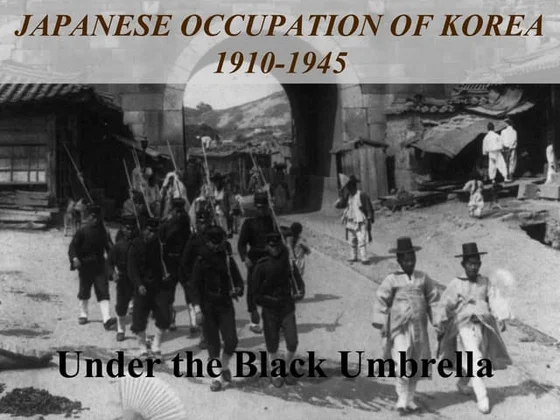
Exploring the Legacy Today
For travelers with Young Pioneer Tours, exploring Korea offers a chance to connect with this history in profound ways. In North Korea, Liberation Day is a major national holiday, marked by parades, cultural performances, and an emphasis on the role of Kim Il Sung and the anti-Japanese resistance in achieving independence.
In South Korea, the scars of Japanese rule are evident in museums, memorials, and even in ongoing debates about reparations and historical memory. A visit to sites like Seodaemun Prison in Seoul or the Independence Hall of Korea in Cheonan reveals the resilience and sacrifices of those who fought for freedom.
Why This History Matters
Understanding Japan’s rule over Korea isn’t just about delving into the past—it’s about grasping the complexities of modern Korean identity and the deep-seated tensions that still influence Northeast Asia today. For travelers, this history provides invaluable context to the cultural and political landscapes of both North and South Korea.
At Young Pioneer Tours, we believe that travel should challenge you to think differently about the world. By walking in the footsteps of history, you’ll gain a deeper appreciation for the resilience of the Korean people and the enduring impact of their struggle for independence.
So, whether you’re visiting the Liberation Day celebrations in Pyongyang or exploring the historical sites of Seoul, this chapter of history is one you’ll feel at every turn. Join us as we uncover the stories that shaped a nation and continue to resonate across generations.
Click to check out our upcoming North Korea Tours.



